Our container possesses its own state. Only use this method if when a component will stay static or pure.
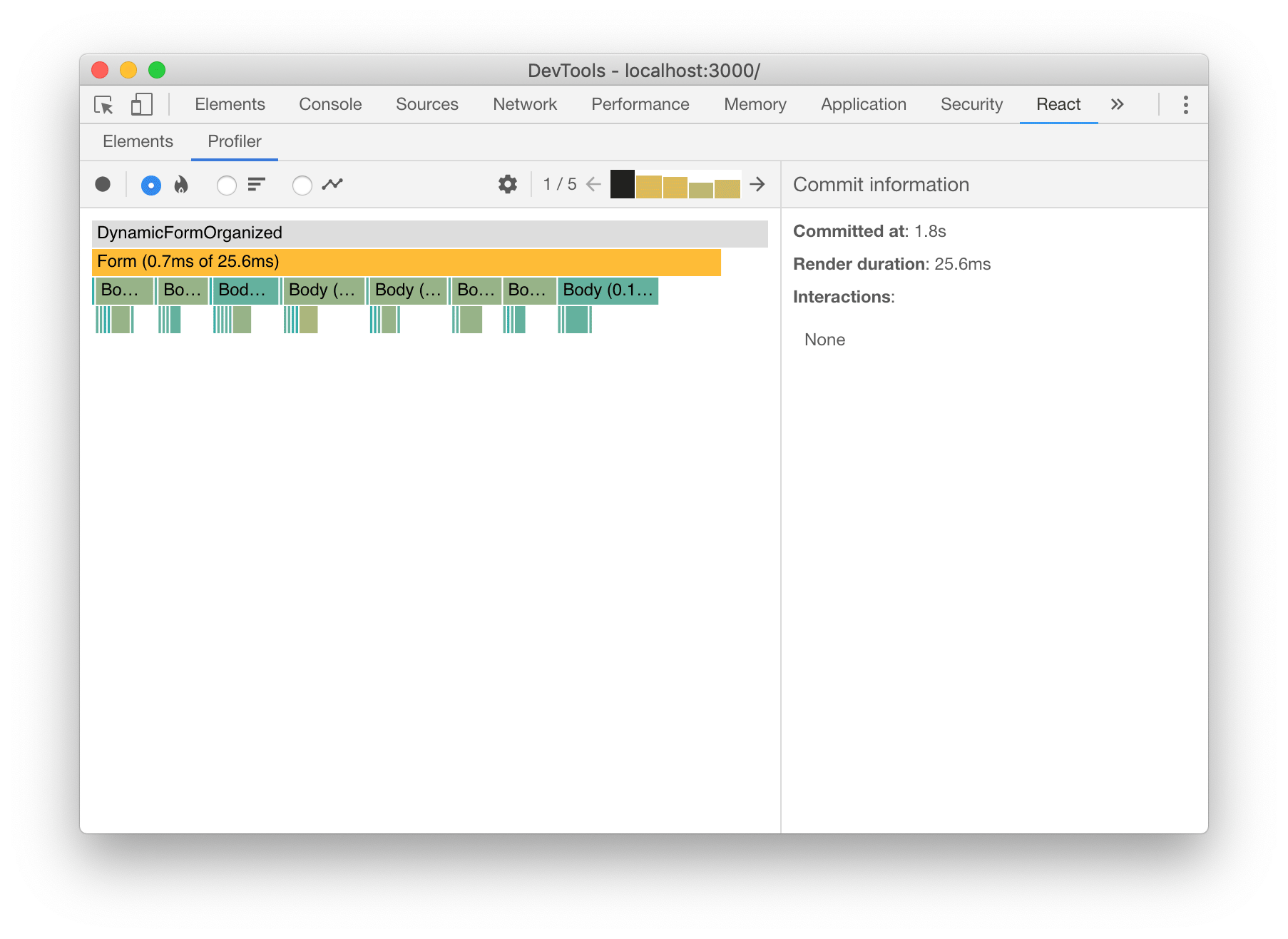 Large Dynamically Generated Forms In React Part 2 By Stuart Casarotto 38th Street Studios Medium
Large Dynamically Generated Forms In React Part 2 By Stuart Casarotto 38th Street Studios Medium
In this tutorial we will discuss various methods of optimizing performance in React applications and also the features of React that we can use to improve performance.
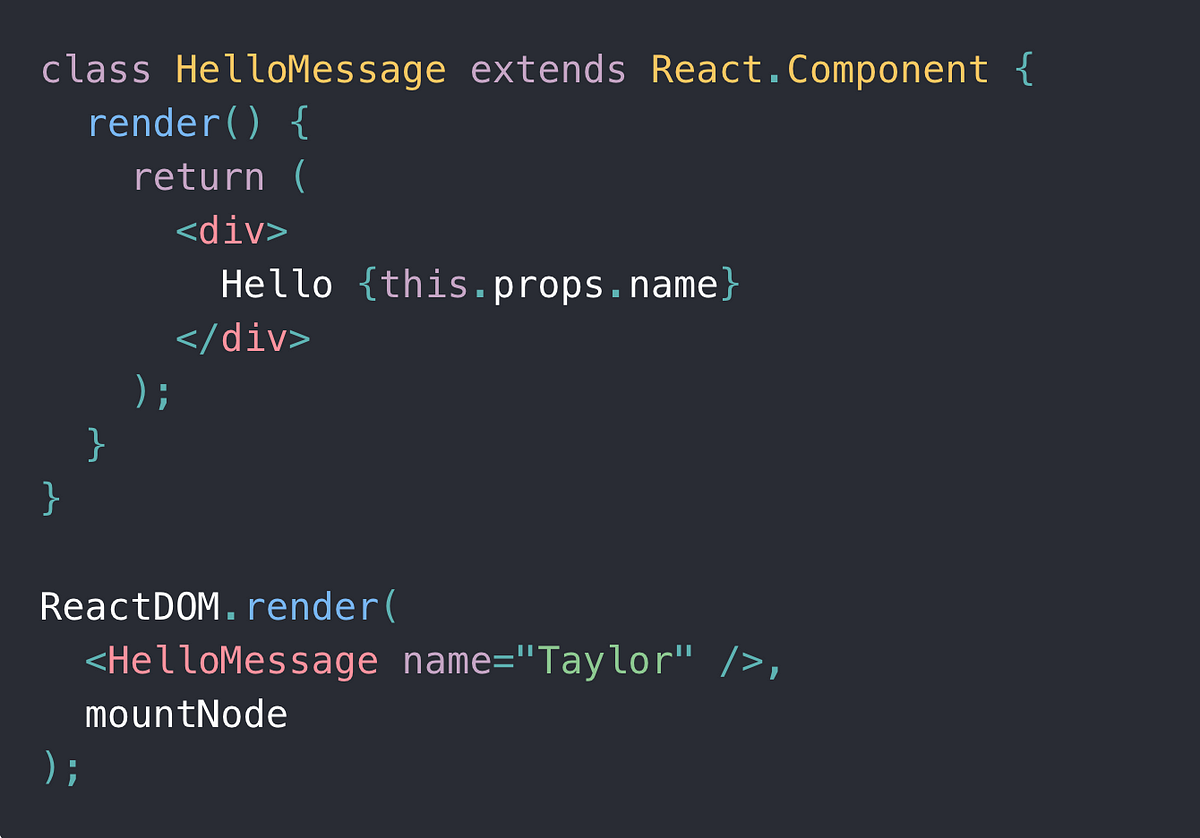
React component keeps rendering. Throws an error but does not crash the browser. This function is one of Reacts lifecycle functions and allows us to optimize rendering performance by telling React when to update a class component. Now you can render multiple DOM nodes.
React components re-render whenever they receive new props. It always happens amidst the rendering and updating of your react component. Each second the container component calls setState to update the time key in its state.
If something has changed it rerenders the component. In order to do this wrap it inside a parent div which essentially makes it a single DOM node with multiple elements inside it. Do you mean something like this.
Thats not the case for React and I dont know enough about the internals of React to say why that is. The whole purpose of setState is to add changes in the queue to the components state and it tells React that this component and its children need to be re-rendered. In certain cases when the data requires it component trees cant be rendered in an iterative fashion instead React developers must rely on recursion to display their data.
The difference is the container component sources its text from inside itself instead of relying on an outside value passed in as a prop. Before React 162 you could render only a single DOM node inside the render method. In this code example.
When youre updating the state inside useEffect this triggers a rerender because of the state change and once the component updates useEffect runs again which changes the state triggering another render cycle because of this pattern your component keeps rerendering. Fragments in React. If youre using a React class component you can use the shouldComponentUpdate method or a ReactPureComponent class extension to prevent a component from re-rendering.
Without this method no react component will work properly. Hence you cant just throw in a trycatch block inside a. There is an internal list of memory cells associated with each component.
A complete rewrite of react-virtualized the library aims to address shortcomings related to size and speed. If nothing has changed it prevents the rerender of the component. This causes React to re-render the component and display the new time.
React-window is a set of components for efficiently rendering large lists in React. Its arguments are the next props and the next state that the component is about to. You can find the corrected code below.
In the React rendering lifecycle the value attribute on form elements will override the value in the DOM. Make use of the render method and setState. This caused cryptic errors in the console as well as unexpected behaviors in the users experience.
Install react-window by running the code below in your terminal. Often times particularly when dealing with complex nested data React developers need to re-think the way theyre structuring their component trees. If you configure the router component like the above example and try to access historypush or propshistorypush from any component you may face the issue of not rendering the component while changing the URL.
With an uncontrolled component you often want React to specify the initial value but leave subsequent updates uncontrolled. Fragments in React do not deviate much from their literal meaning. React-keep-alive has two main components and.
React shouldComponentUpdate is a performance optimization method and it tells React to avoid re-rendering a component even if state or prop values may have changed. Possibly the browser runs out of memory before the stack limit is hit. The is responsible for saving the components cache and rendering the cached component.
The render method is the most commonly-used react component lifecycle method. Create a test looking for a component called within itself. Since React was introduced it has transformed the way front-end developers build web applications and its virtual DOM is famous for effectively rendering components.
Thanks to the Rules of Hooks we know that Hooks are only called from React components or custom Hooks which are also only called from React components. As the name render suggests this method renders your React component to an application UI. Use Reactmemo to prevent re-rendering on React function components.
Troubleshooting what is causing a React component to re-render is a common issue and in my experience a lot of the times tracking down this issue involves determining which props are changing. Re-render when state changes. These kinds of render-based errors cannot be caught since React components are declarative.
Reacts PureComponent does a shallow compare on the components props and state. Before React 16 errors emitted from a components rendering proved hard to handle. You can fix this by importing Router directly from react-router-dom instead of importing BrowserRouter as Router.
React-window also covers more edge cases than react-virtualized. They can receive new props like. React Component Lifecycle Methods The render method.
To handle this case you can specify a defaultValue attribute instead of value. As a bonus when Reacts new Fiber architecture arrives the smaller units will allow it to perform incremental rendering more effectively. As alternative if you want to use a functional stateless component as PureComponent instead use recomposes pure higher-order component.
The answer is yes. But is there an option to prevent re-rendering with functional components. React keeps track of the currently rendering component.
Prevent Unnecessary Component Rerenders With React Memo Egghead Io
 Things You Should Know When Fetching Data For React Components By Piumi Liyana Gunawardhana Feb 2021 Bits And Pieces
Things You Should Know When Fetching Data For React Components By Piumi Liyana Gunawardhana Feb 2021 Bits And Pieces
 Understanding Rendering Behavior In React
Understanding Rendering Behavior In React
 React Component Lifecycle Dev Community
React Component Lifecycle Dev Community
 React Component Lifecycle Dev Community
React Component Lifecycle Dev Community
 React Component Rendering Twice When Using Usestate Hook Stack Overflow
React Component Rendering Twice When Using Usestate Hook Stack Overflow
 Why My React Component Re Renders By David He Codeburst
Why My React Component Re Renders By David He Codeburst
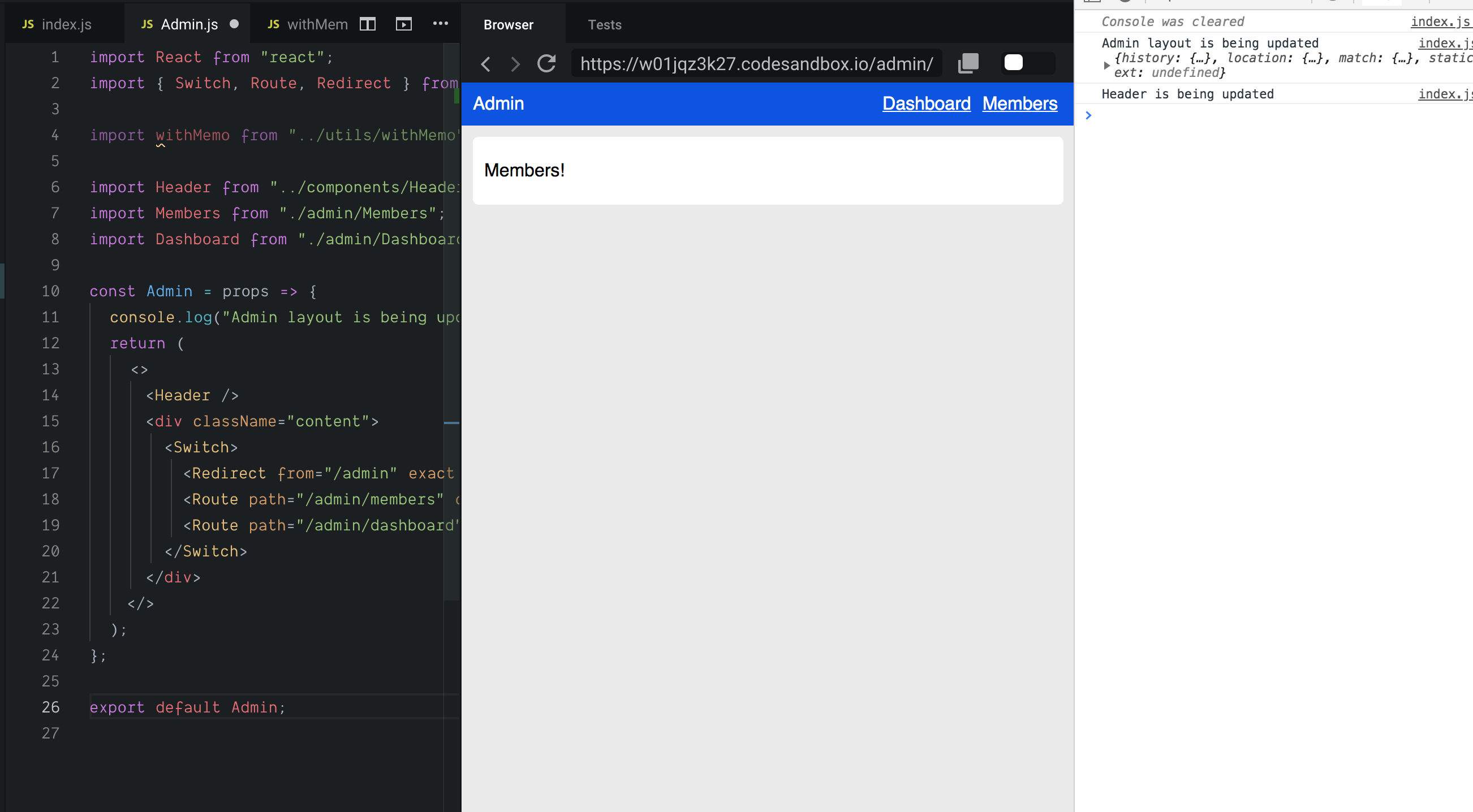 Phantom Props Unnecessary Renders And What No One Told Me About Memo By Dana Janoskova Itnext
Phantom Props Unnecessary Renders And What No One Told Me About Memo By Dana Janoskova Itnext
 Understanding React Component Life Cycle By Bartosz Szczecinski Medium
Understanding React Component Life Cycle By Bartosz Szczecinski Medium
 React Got That Name For A Reason It S A Component Based Javascript Library That Renders Smartly And Can Seriously S React Tutorial Learning Beautiful Websites
React Got That Name For A Reason It S A Component Based Javascript Library That Renders Smartly And Can Seriously S React Tutorial Learning Beautiful Websites
 How To Fix The Infinite Loop Inside Useeffect React Hooks By Andrew Myint Medium
How To Fix The Infinite Loop Inside Useeffect React Hooks By Andrew Myint Medium
 React Interview Question What Gets Rendered In The Browser A Component Or An Element By Samer Buna Edgecoders Medium
React Interview Question What Gets Rendered In The Browser A Component Or An Element By Samer Buna Edgecoders Medium
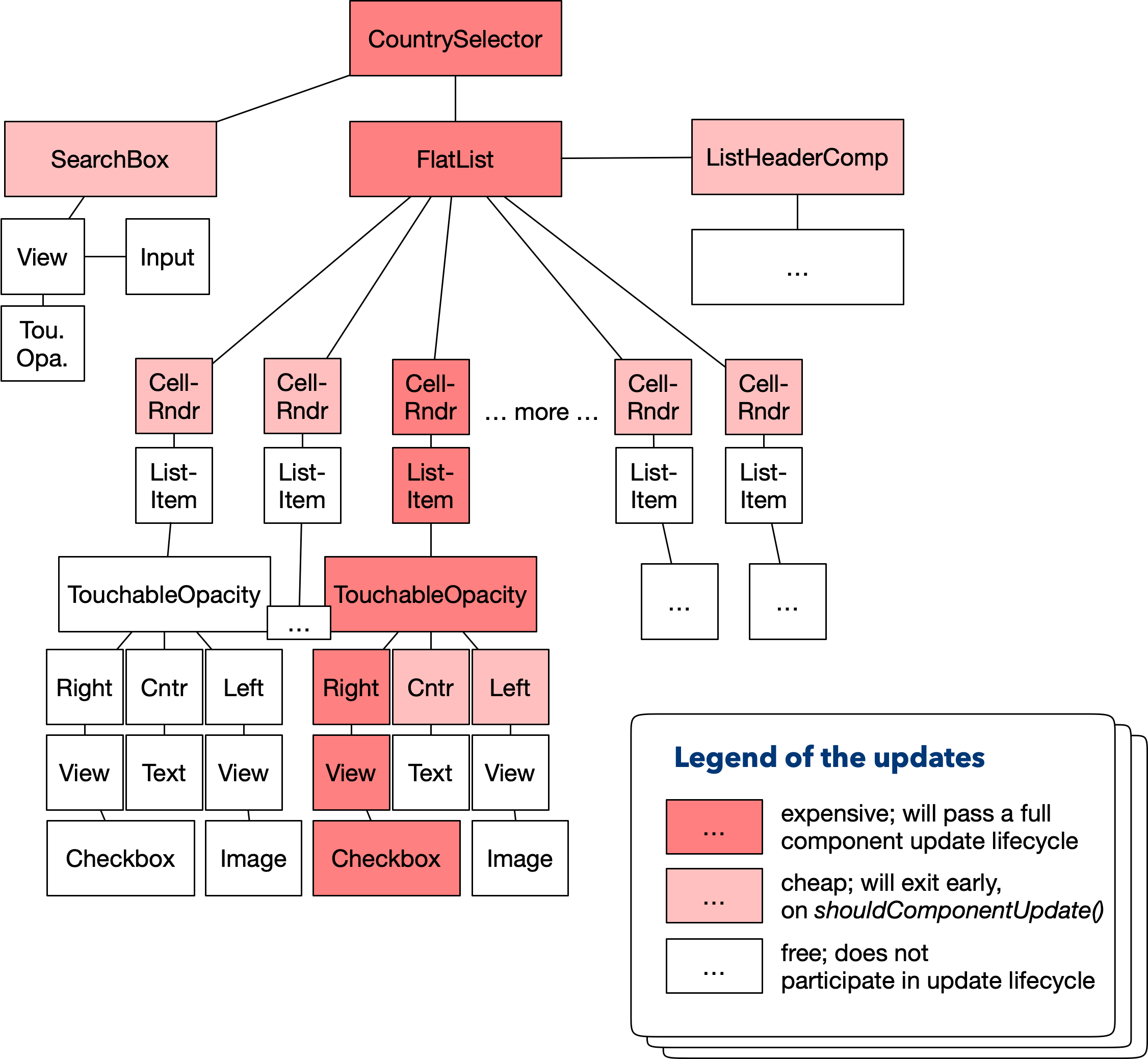 Two Mistakes In React Js We Keep Making Over And Over Again By Yaroslav Serhieiev Wix Engineering Medium
Two Mistakes In React Js We Keep Making Over And Over Again By Yaroslav Serhieiev Wix Engineering Medium
 Why React Does Not Re Render Component When State Is Changed Using Setstate The Freecodecamp Forum
Why React Does Not Re Render Component When State Is Changed Using Setstate The Freecodecamp Forum
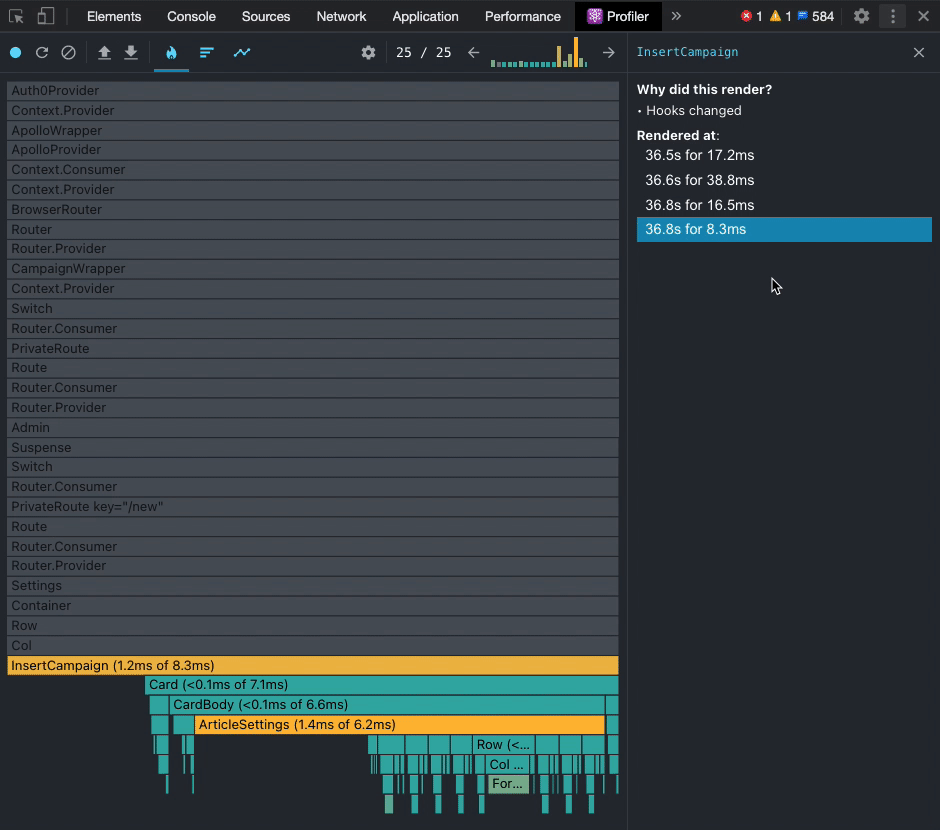 Trace Why A React Component Is Re Rendering Stack Overflow
Trace Why A React Component Is Re Rendering Stack Overflow
 Table Header Is Repeating Itself React Component Stack Overflow
Table Header Is Repeating Itself React Component Stack Overflow
 Why Does React Components Re Render By Marcus Osterberg Medium
Why Does React Components Re Render By Marcus Osterberg Medium
 How To Customize React Components With Props Digitalocean
How To Customize React Components With Props Digitalocean
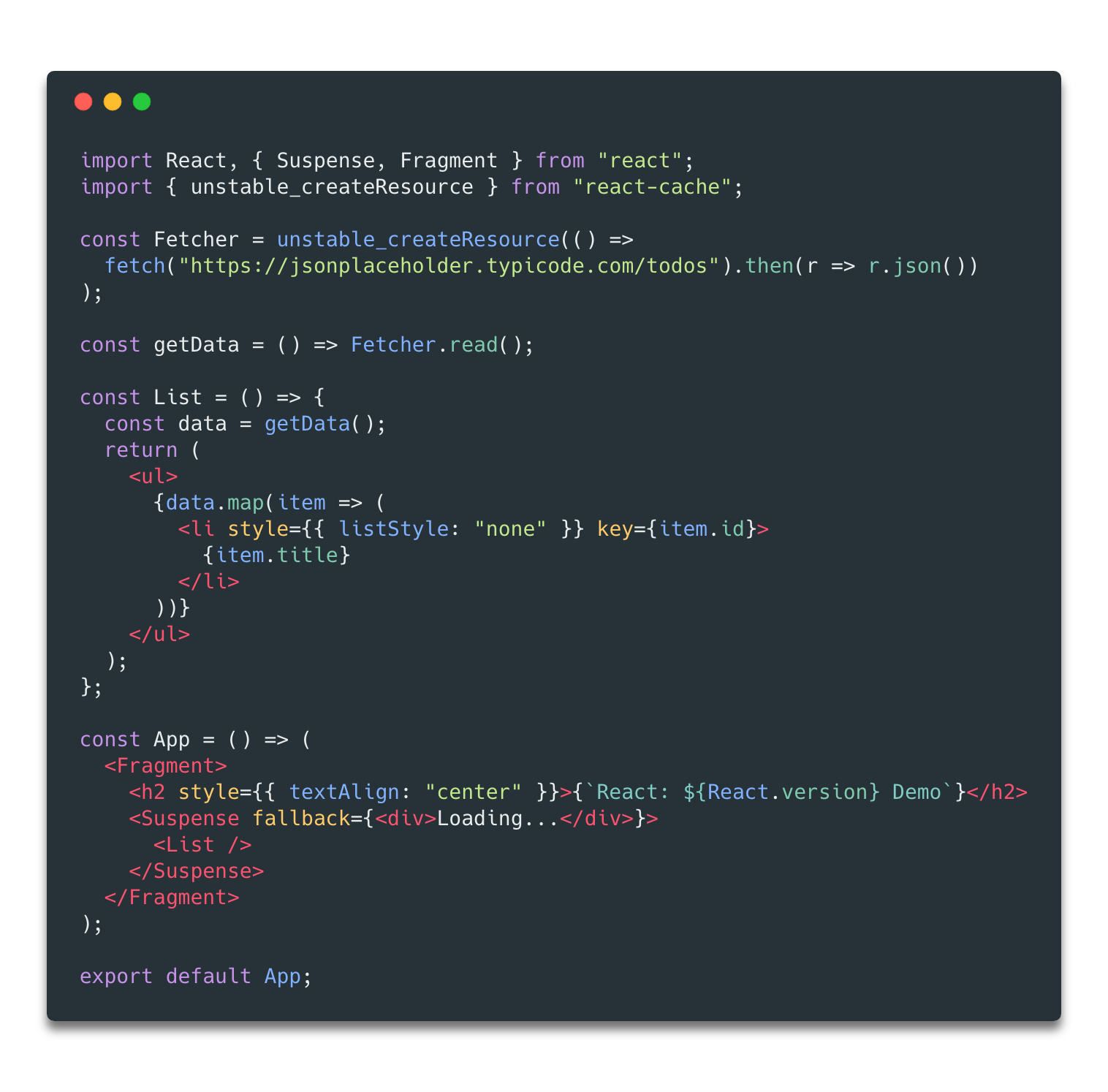 Asynchronous Rendering With React By Maxime Heckel Maxime Heckel Medium
Asynchronous Rendering With React By Maxime Heckel Maxime Heckel Medium

0 Comments